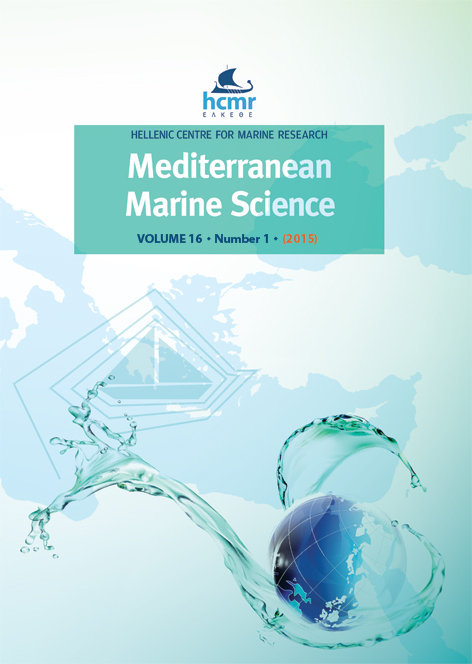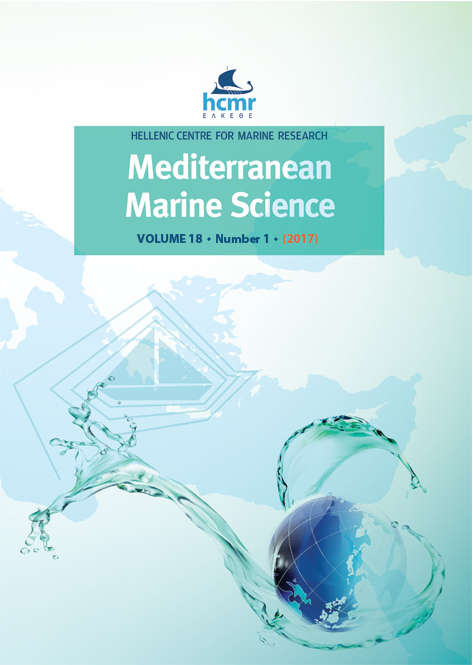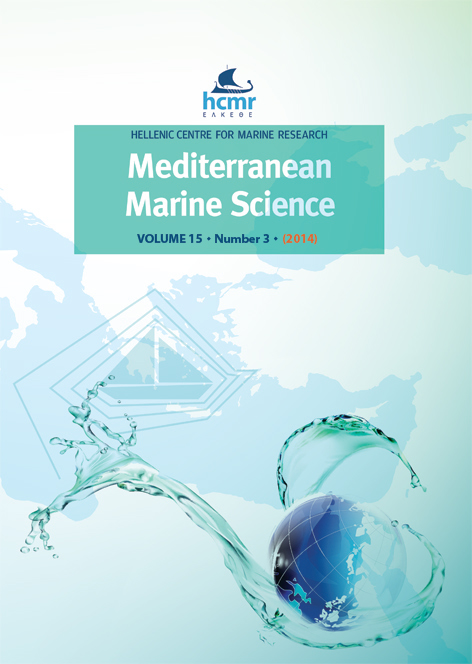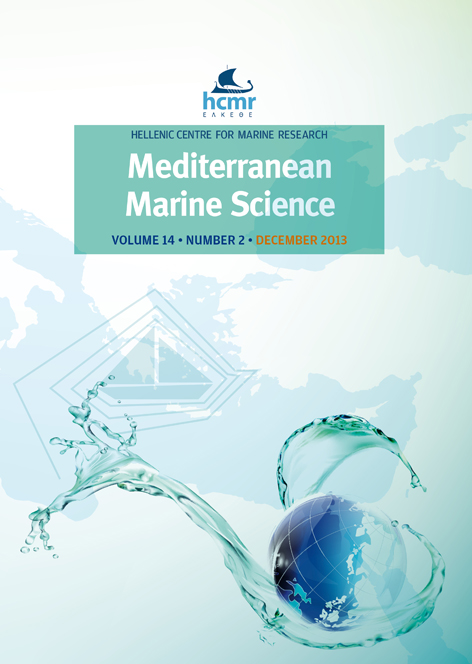Age at maturity of Mediterranean marine fishes

Abstract
In this review we collected data on the age at maturity (tm) and maximum reported age (tmax) for 235 stocks of Mediterranean marine fishes, belonging to 82 species, 37 families, 12 orders and 2 classes (Actinopterygii and Elasmobranchii). Among Actinopterygii (mean tm ± SD = 2.20 ± 1.43 y, n = 215), tm ranged from 0.3 y, for the common goby Pomatoschistus microps, to 12 y, for dusky grouper Epinephelus marginatus, while among Elasmobranchii (mean tm ± SD = 5.94 ± 2.47 y, n = 20), tm ranged between 2.7 y, for brown ray Raja miraletus, and 12 y for picked dogfish Squalus acanthias. Overall, the tmax ranged between 1 y, for transparent goby Aphia minuta, and 70 y, for wreckfish Polyprion americanus. The mean tmax of Actinopterygii (tmax ± SD = 10.14 ± 9.42 y) was lower than that of Elasmobranchii (tmax ± SD = 14.05 ± 8.47 y). The tm exhibited a strong positive linear relation with tmax for both Actinopterygii (logtm = 0.58 ´ logtmax – 0.25, r2 = 0.51, P < 0.001) and Elasmobranchii (logtm = 0.67 ´ logtmax – 0.006, r2 = 0.51, P = 0.007). The mean tm/tmax did not differ significantly with sex within Actinopterygii (ANOVA: F = 0.27, P = 0.60, n = 90; females: mean ± SD = 0.276 ± 0.143; males: mean ± SD = 0.265 ± 0.138) and Elasmobranchii (ANOVA: F = 1.44, P = 0.25, n = 10; females: mean ± SD = 0.499 ± 0.166; males: mean ± SD = 0.418 ± 0.133). Finally, the dimensionless ratio tm/tmax was significantly lower (ANOVA: F = 31.04, P < 0.001) for Actinopterygii (mean ± SD = 0.270 ± 0.135, n = 180) than for Elasmobranchii, (mean ± SD = 0.458 ± 0.152, n = 20), when stocks with combined sexes were excluded from the analysis.
Article Details
- How to Cite
-
TSIKLIRAS, A. C., & STERGIOU, K. I. (2014). Age at maturity of Mediterranean marine fishes. Mediterranean Marine Science, 16(1), 5–20. https://doi.org/10.12681/mms.659
- Issue
- Vol 16, No 1 (2015)
- Section
- Review Article
Authors who publish with this journal agree to the following terms:
- Authors retain copyright and grant the journal right of first publication with the work simultaneously licensed under a Creative Commons Attribution Non-Commercial License that allows others to share the work with an acknowledgement of the work's authorship and initial publication in this journal.
- Authors are able to enter into separate, additional contractual arrangements for the non-exclusive distribution of the journal's published version of the work (e.g. post it to an institutional repository or publish it in a book), with an acknowledgement of its initial publication in this journal.
- Authors are permitted and encouraged to post their work online (preferably in institutional repositories or on their website) prior to and during the submission process, as it can lead to productive exchanges, as well as earlier and greater citation of published work (See The Effect of Open Access).








